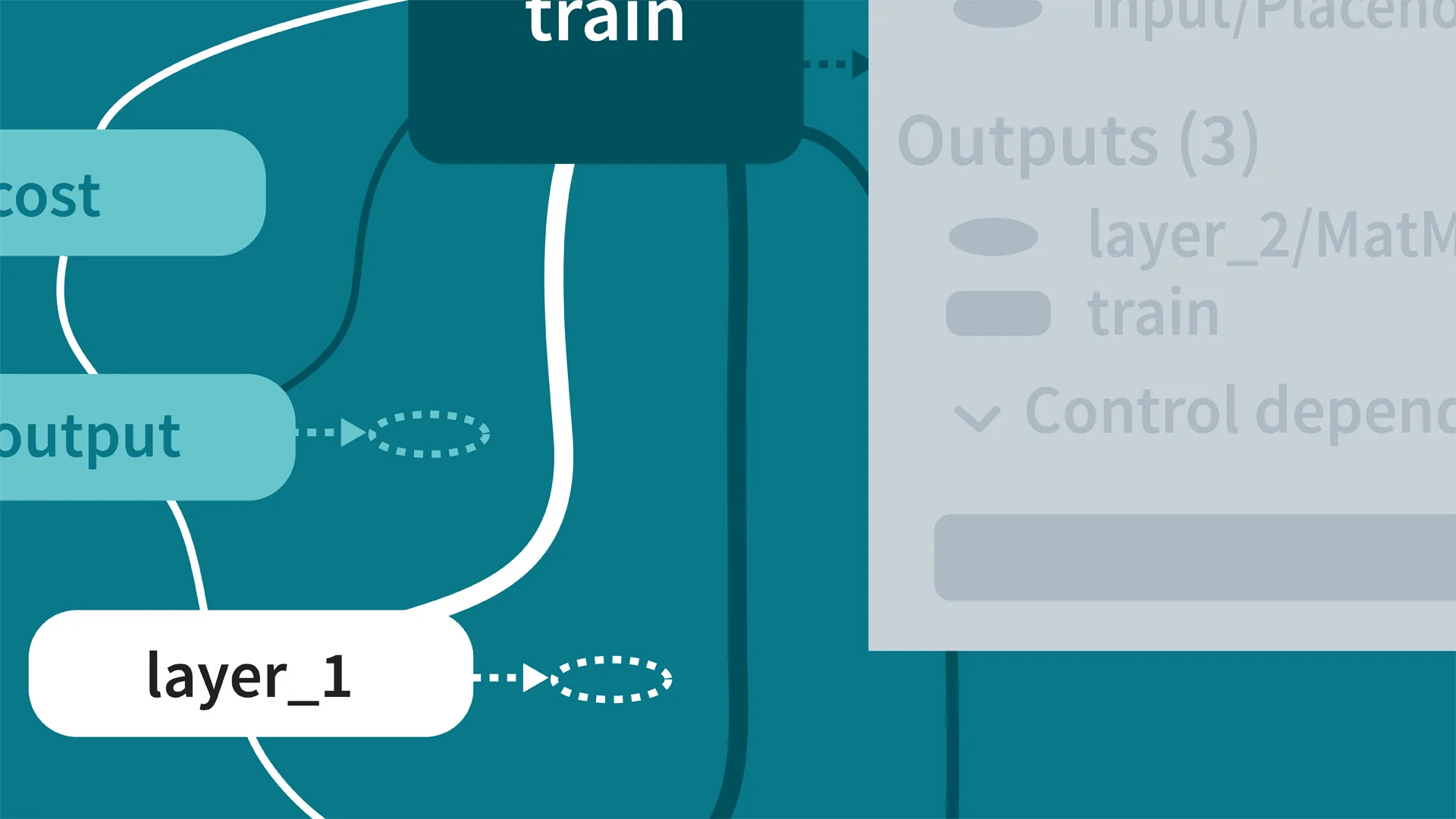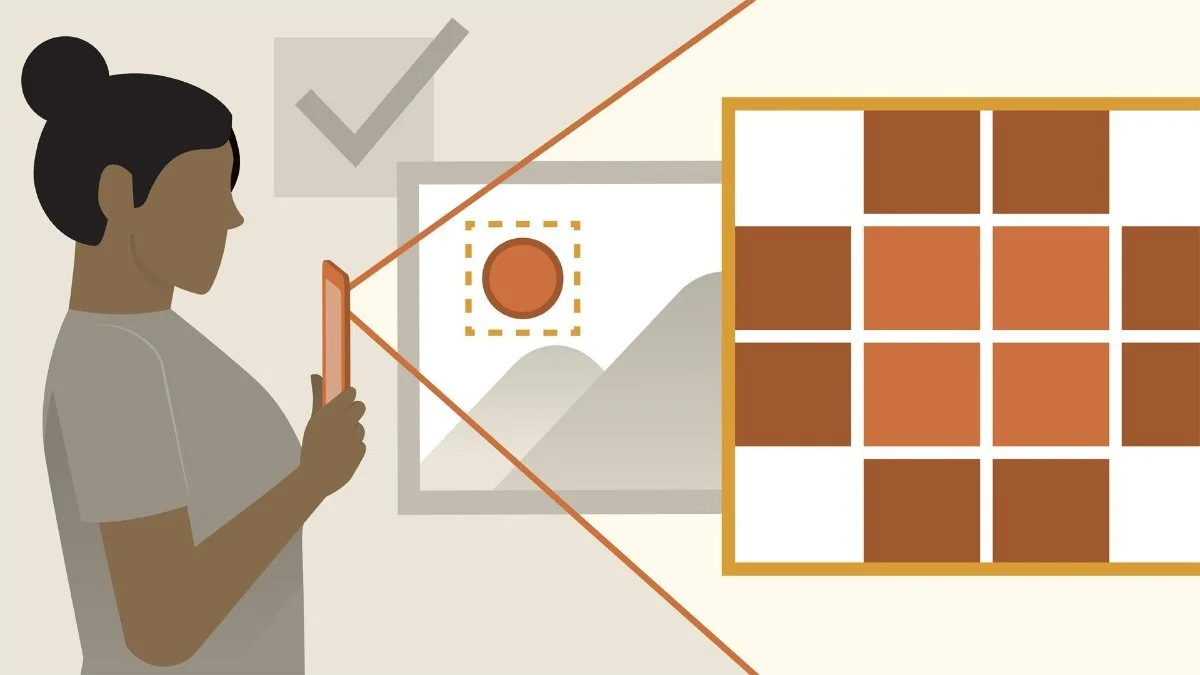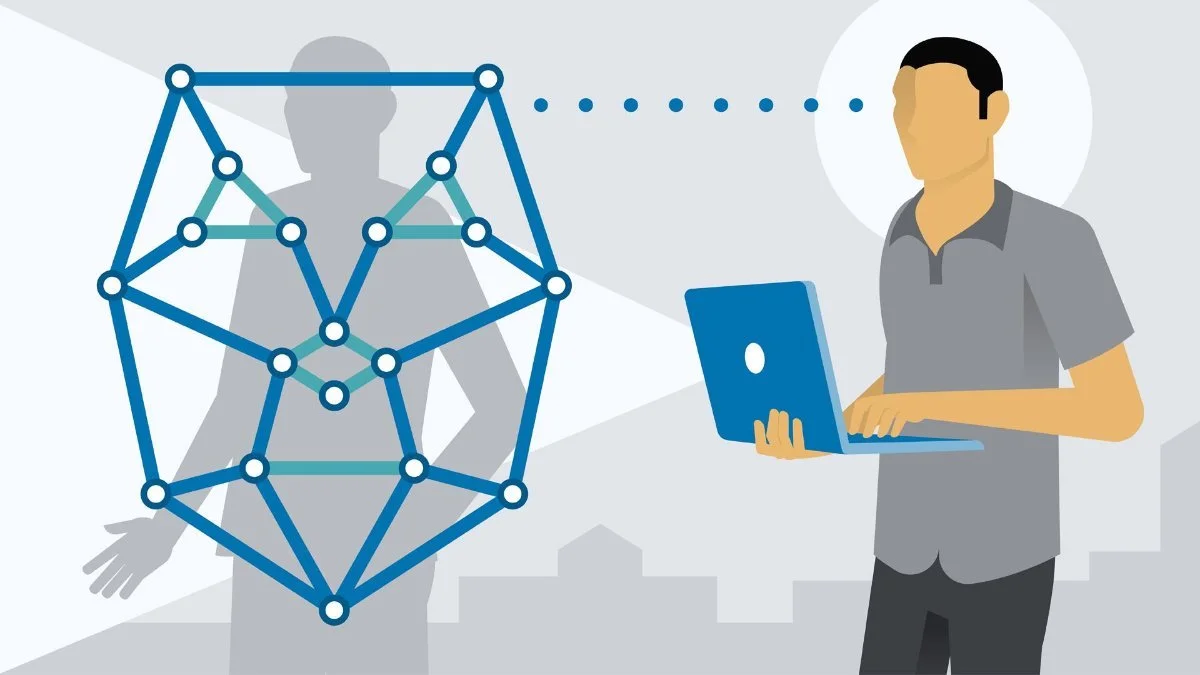Hi, I'm Adam!
Work
I co-founded Turquoise Health. We are working to simplify how healthcare is paid in the United States. Come work with us!
I used to create Machine Learning courses for LinkedIn Learning (formerly known as Lynda.com):
In this project-based course, discover how to use machine learning to build a value estimation system that can deduce the value of a home. Follow Adam Geitgey as he walks through how to use sample data to build a machine learning model, and then use that model in your own programs.
Recommendation systems are a key part of almost every modern consumer website. The systems help drive customer interaction and sales by helping customers discover products and services they might not ever find themselves. By the end of the course, you'll be equipped to use machine learning yourself to solve recommendation problems.
TensorFlow is one of the most popular deep learning frameworks available. It's used for everything from cutting-edge machine learning research to building new features for start-ups in Silicon Valley. Discover how to install and use TensorFlow to create, train, and deploy machine learning models.
Keras is a popular programming framework for deep learning that simplifies the process of building deep learning applications. In this course, learn how to install and use Keras to build and deploy deep learning models.
Thanks to deep learning, image recognition systems have improved and are now used for everything from searching photo libraries to generating text-based descriptions of photographs. In this course, learn how to build a deep neural network that can recognize objects in photographs. Find out how to adjust state-of-the-art deep neural networks to recognize new objects, without the need to retrain the network. Explore cloud-based image recognition APIs that you can use as an alternative to building your own systems. Learn the steps involved to start building and deploying your own image recognition system.
Face recognition is used for everything from automatically tagging pictures to unlocking cell phones. And with recent advancements in deep learning, the accuracy of face recognition has improved. In this course, learn how to develop a face recognition system that can detect faces in images, identify the faces, and even modify faces with "digital makeup" like you've experienced in popular mobile apps. Find out how to set up a development environment. Discover tools you can leverage for face recognition. See how a machine learning model can be trained to analyze images and identify facial landmarks. Learn the steps involved in coding facial feature detection, representing a face as a set of measurements, and encoding faces. Additionally, learn how to repurpose and adjust pre-existing systems.
Writing
When I have time (which hasn’t been the case for a bit), I write a lot about Machine Learning, Python and related topics. You can find my writing on the Machine Learning is Fun! website.
I've also written on a Machine Learning Is Fun! book. Check it out!
Open Source
A lot of the tools I use in my work are open source and I try to release my own work when possible. Here are a few of the things I've put on github:
Recognize and manipulate faces from Python or from the command line with the world's easiest-to-use face recognition library.
See what objects Facebook is automatically detecting in your photographs with their deep learning systems.
Contact Me
You can email me or connect with me on LinkedIn.









A tool to automatically grab the main text out of a webpage.